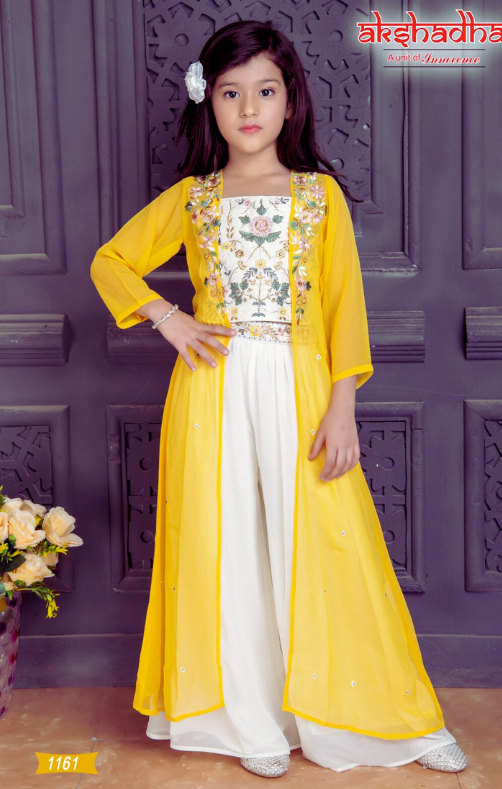In the bustling streets of Jaipur, where tradition meets modernity, resides Ananya, a 28-year-old software engineer with a penchant for fashion that speaks volumes about her roots. Ananya, like many of her contemporaries, often finds herself caught in a whirlwind of wedding invitations, festive gatherings, and family functions. Each occasion calls for an outfit that strikes the perfect balance between elegance and comfort—a challenge that many modern Indian women face today.
The Sharara Suit, with its intricate designs and flowing fabric, offers a timeless solution to this style conundrum. As Ananya prepares for her cousin's wedding, she finds herself reminiscing about the vibrant hues and delicate embroideries that adorned her mother’s closet. The Sharara Suit, with its rich history and cultural significance, promises not just a garment but an experience, a bridge connecting her to her heritage while offering the freedom to express her individuality in a contemporary world.
The problem faced by Ananya and many like her is the emotional and practical challenge of finding attire that resonates with their cultural identity while fitting seamlessly into the fast-paced lifestyle of today. The Sharara Suit, with its wide-leg pants and short kameez, allows for ease of movement—a practical necessity during the energetic Indian ceremonies. Yet, it does not compromise on the grandeur expected at such events, with its luxurious fabrics and intricate handiwork.
Consider the story of Meera, a marketing executive in Mumbai, who once found herself in a sartorial dilemma during the festive season. Torn between the allure of traditional wear and the convenience of modern clothing, Meera often compromised on either comfort or style. It wasn’t until she discovered the Sharara Suit that she found her answer. The flowing pants provided the comfort she desired, while the embellished kurta ensured she turned heads at every event.
The Sharara Suit’s versatility is another factor that appeals to the modern Indian woman. Whether attending a Diwali celebration or an office party, the suit’s adaptability allows it to be styled in myriad ways. Pair it with statement jewelry for a grand look or keep it simple with minimal accessories for a more subdued appearance. This flexibility not only solves the practical problem of having to purchase separate outfits for different occasions but also addresses the emotional need for self-expression through fashion.
Moreover, the resurgence of the Sharara Suit in recent fashion trends highlights a growing appreciation for sustainable and slow fashion. It encourages women like Ananya and Meera to invest in timeless pieces that stand the test of time, both in fashion and in wear. The Sharara Suit is not just a purchase; it is an investment in quality craftsmanship and cultural heritage.
In a world where fast fashion often overshadows traditional craftsmanship, the Sharara Suit stands as a testament to the rich tapestry of Indian culture. It is a reminder of the elegance that lies in simplicity and the beauty of tradition. As Ananya steps into the wedding venue, her Sharara Suit swaying gracefully with every step, she carries with her a piece of history, a tale of her roots, and a reflection of who she is—an Indian woman embracing her past while confidently striding into the future.
The Sharara Suit is more than just clothing; it is a narrative woven with threads of tradition, modernity, and elegance. For women like Ananya and Meera, it solves the emotional and practical problem of finding attire that is both culturally resonant and suited to contemporary demands. So, as you prepare for your next celebration, consider the Sharara Suit—a garment that promises not just style, but a story worth telling.
Visit Vyaparify Site:
https://id.vyaparify.com/city-heartLocation:
https://maps.app.goo.gl/edWvj9kJmA5ypiMU7 
